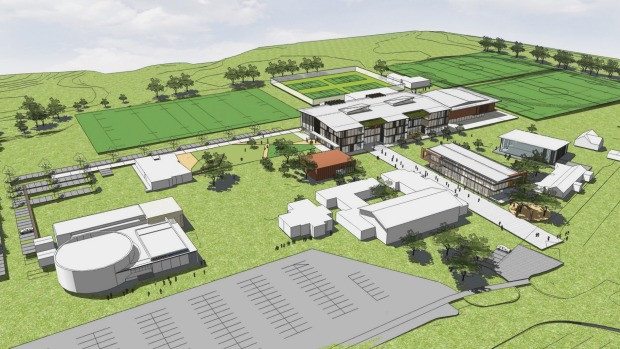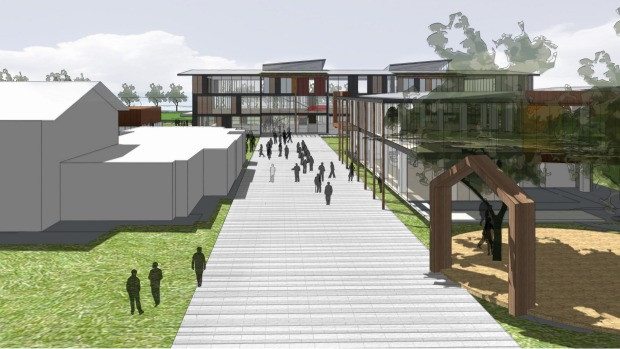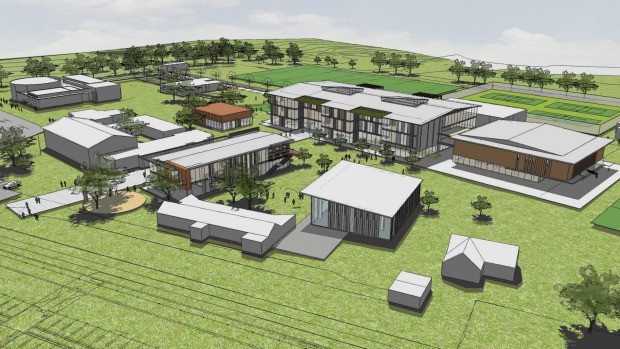


Plans for New Zealand’s largest ever public school rebuild have been released. The $79 million investment will see Auckland’s Western Springs College almost entirely rebuilt. Nearly 80 per cent of existing accommodation will be replaced, but instead of a sprawling campus building – the direction is up.
The plans will see open space maximised in the school rebuild.
A three-storey teaching block will replace the bulk of the school’s classrooms. Western Springs College acting principal Ivan Davis says the building was one of the biggest challenges of the planning phase. “It was a matter of finding the best geotechnical location within the site,” he says.
The Maori immersion-Rumaki unit will be retained along with The Auckland Performing Arts Centre.
“It’s a primary focus of the [Ministry of Education] with their aim being able to maximise open space.” The decile 8 school was built on a restored landfill site in 1963 but the land and buildings have caused headaches ever since. Talk of a school rebuild began after geotechnical surveys were conducted on the site in 2010.
The rebuild will include 64 new teaching spaces built over a three-storey block.
“The aim is to remove all of the material down to the basalt and replace all the fill to ensure strong foundations and minimise contaminants. When construction begins it will just impact on one building only so we’ll be able to keep operating with just eight relocatable classrooms on site.”
Once completed the school will be able to cater to about 1700 students. Davis says there will be potential to expand in the future for up to 2500 students. About $75 million will be spent on the school with a further $4 million put towards The Auckland Performing Arts Centre (TAPAC) on the school’s grounds.
The build includes two new teaching blocks and will create 64 new teaching spaces, 12 of which will be set aside for Nga Puna o Waiorea – the college’s Maori immersion-Rumaki unit.
Davis says planning for the interior design of the school is still in its infancy but learning spaces will be both vertically and horizontally connected.
“Right now we have architects and the heads of departments working out how we can best fit curriculum areas of excellence. There is still a long way to go.”
Construction is expected to start between late 2016 and mid 2017. Completion is set by late 2018.
